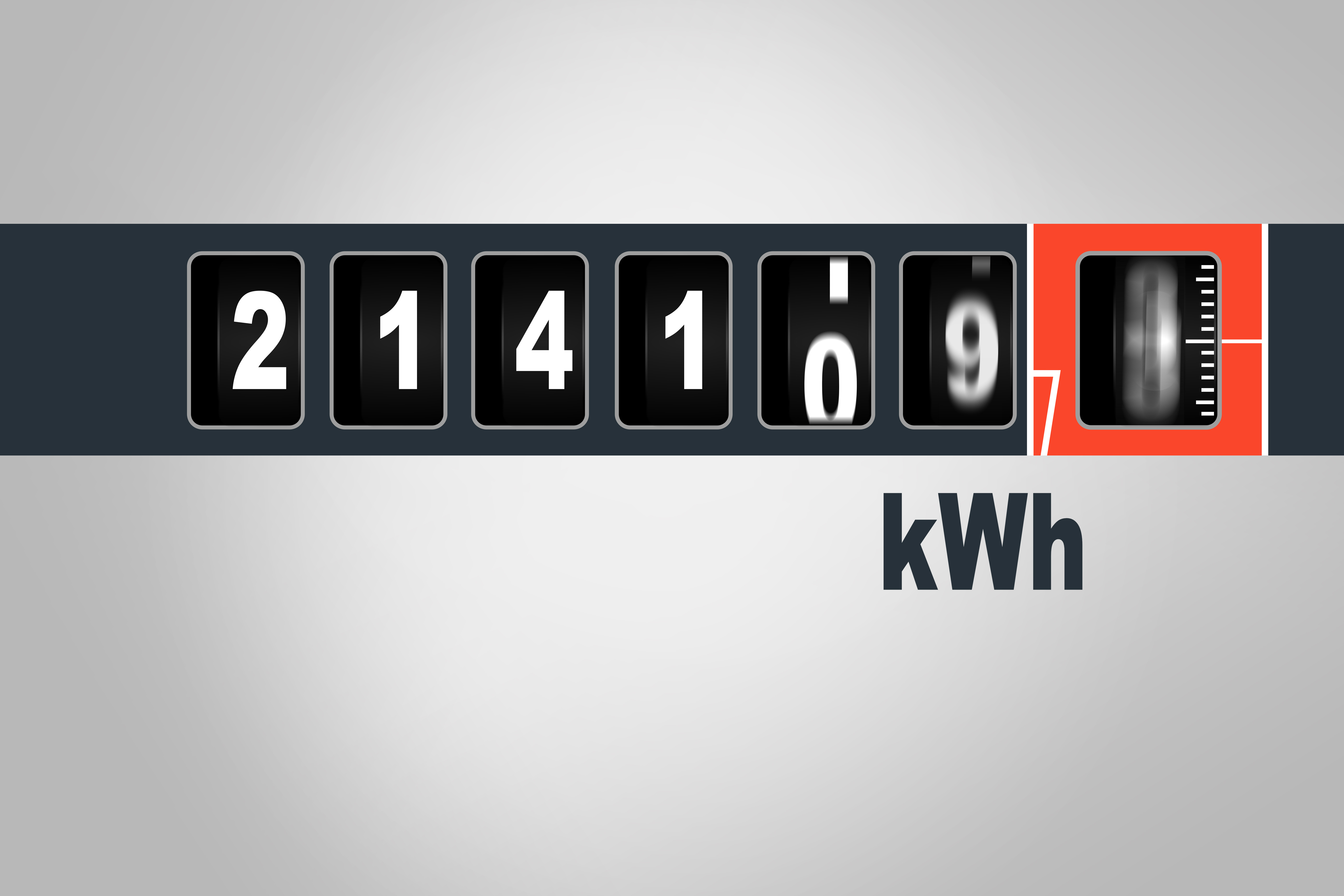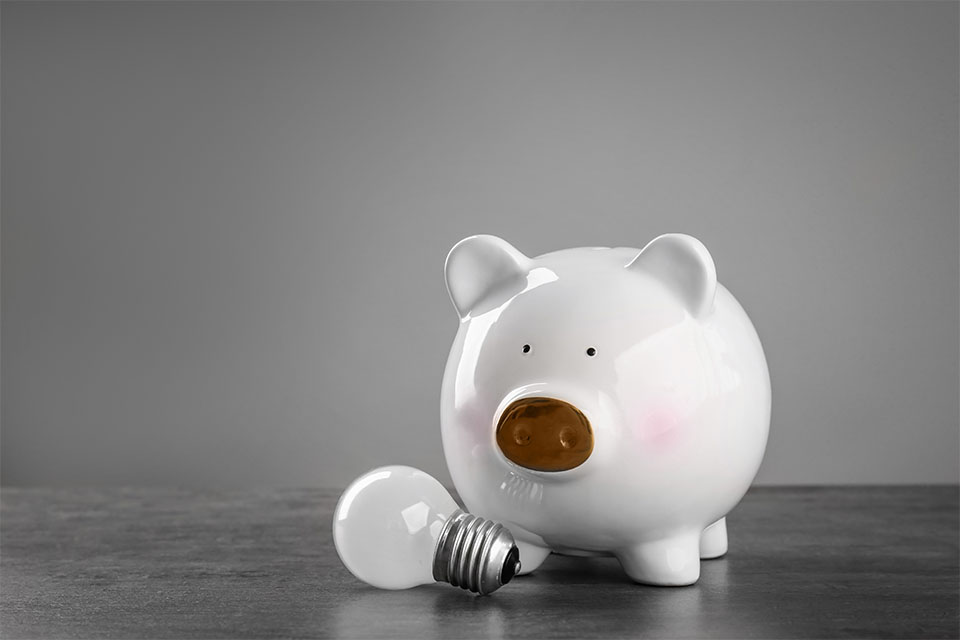Taxes, Fees, and Peak Demand
For the second installment of our understanding your energy bill blog posts we wanted to focus next on taxes, fees, and peak demand. These three things are often overlooked and avoided because they are seen as non-negotiables, and cannot be changed. While some of that statement is true, you can adjust your activities to ensure you aren’t being charged to the fullest of the electrical company.
Taxes
First to dive into taxes on electricity. Just like any other tax, it changes, and it changes often. The electric companies need to increase capacity, and therefore, we are continuing to see the fees and taxes reflect that in ours. Tax rates vary depending on the utility company, state, and other factors like weather and prices of gas and oil. Depending on the state you live in the taxes could vary, for example, if you live in one of the states that were recently affected by the hurricanes you could be charged a storm charge fee that helps repay the hurricane restoration efforts. A typical fee and tax that are more common on energy bills are fuel charge. This coincides with the price of oil and gas, depending on how those two commodities fluctuate depends on how that will reflect on your bill. Another consideration is that local municipalities often add charges to fund various efficiency or generation programs as well. Taxes and fees vary year-over-year, and with all those little charges put together, it can equal a substantial sum.
Peak Demand
Let’s talk about what peak demand is exactly. Peak demand is the time of day that electricity is most expensive because of the demand. Most people are using electricity at this time so the electric power systems must match generations and load in real time. What this means regarding charges is that if your consumption is too high at any given moment (typically a 15-minute window), you will be charged extra peak demand rates. Usually, you will see that demand increase for the billing cycle not just for that single day, sometimes it can even reflect for the entire year.

Solutions
While there is not a lot, you can do about the taxes that appear on your energy bill you can still mitigate your peak demand charges by lessening the amount of electricity used during those busy periods. Demand response programs are being used more widely to empower customers to take their electric use into their own hands and to help balance the supply and demand. Some power companies also get direct load control which allows them to cycle on and off air conditioners and water heaters during peak demand.
Automation is always an answer in this case. Installing an EMS system to automate all of your critical systems in your facility is an affordable way for you to lower your bills and increase your operational efficiency. Controls on walk-in coolers and freezers can cut defrosts during peak demand periods along with automating air conditioners to run more efficiently during those times as well.
